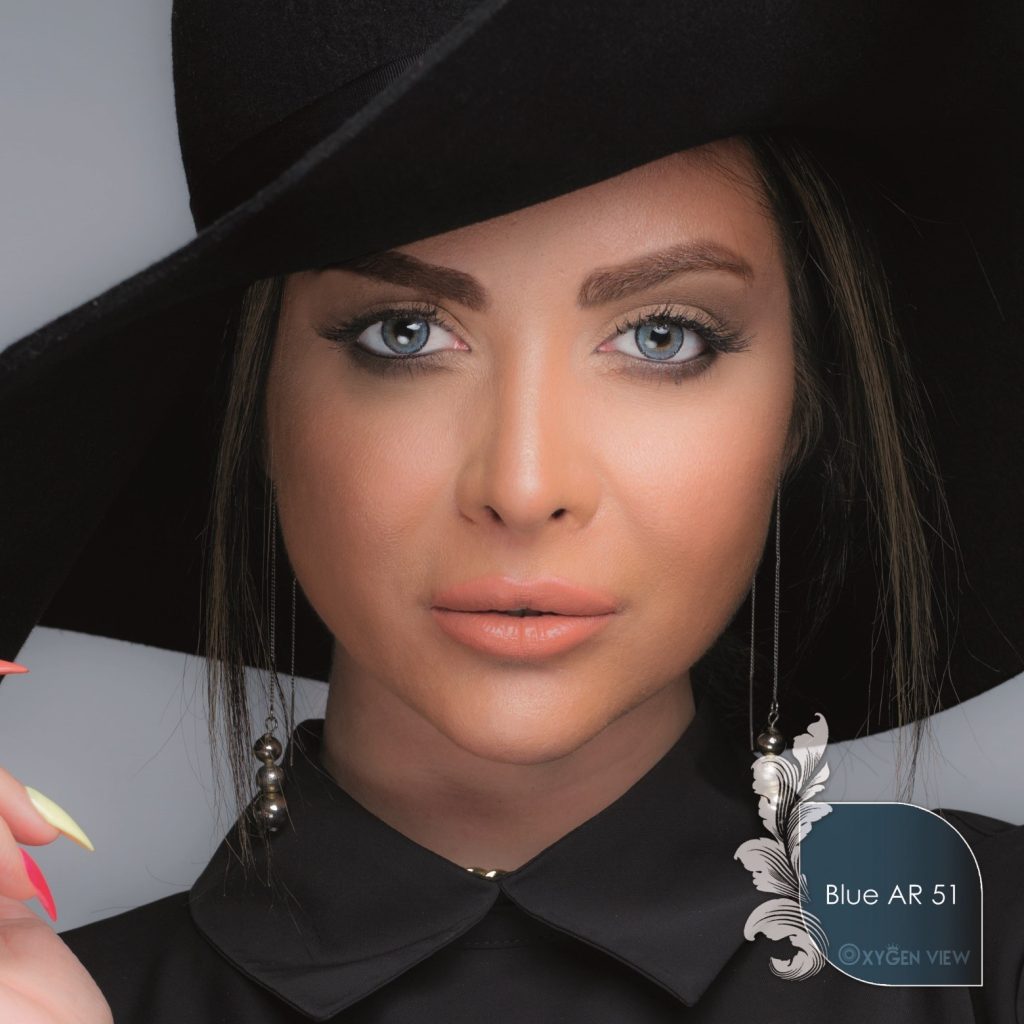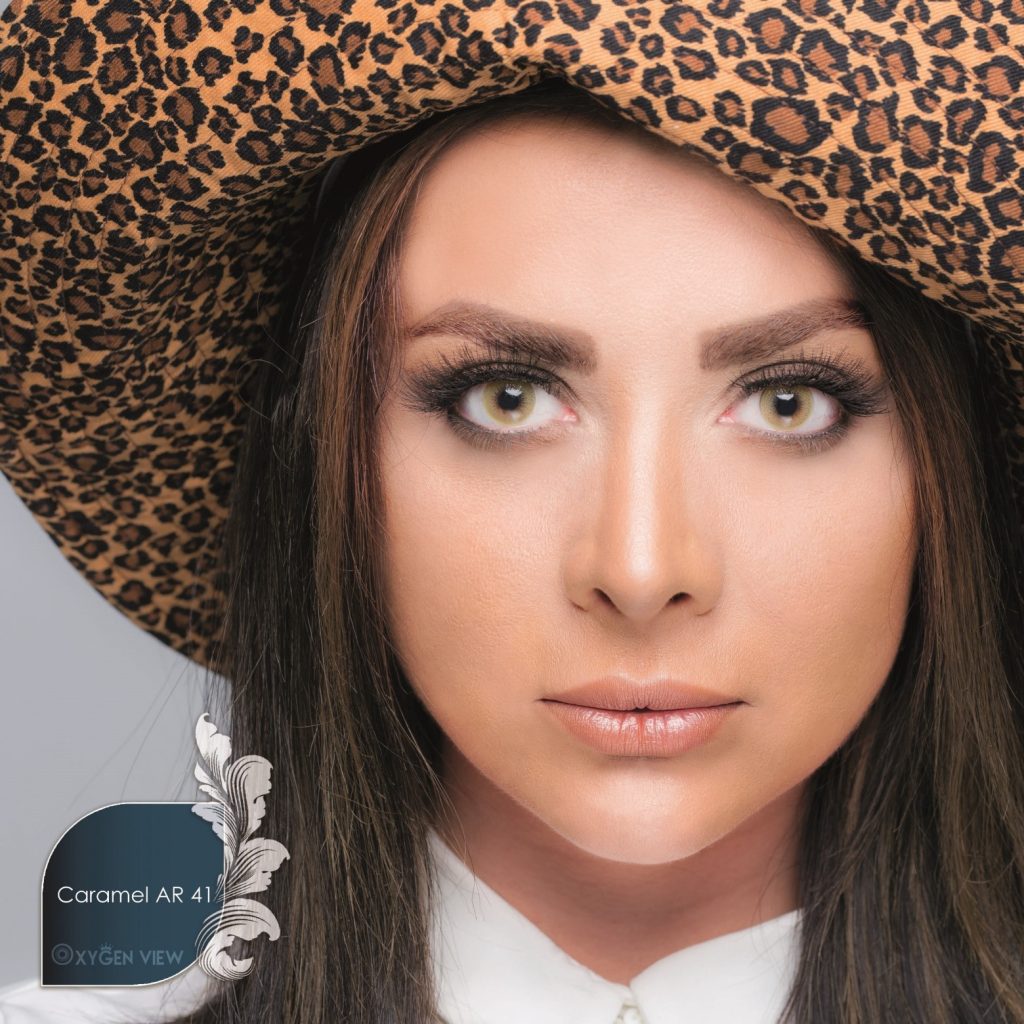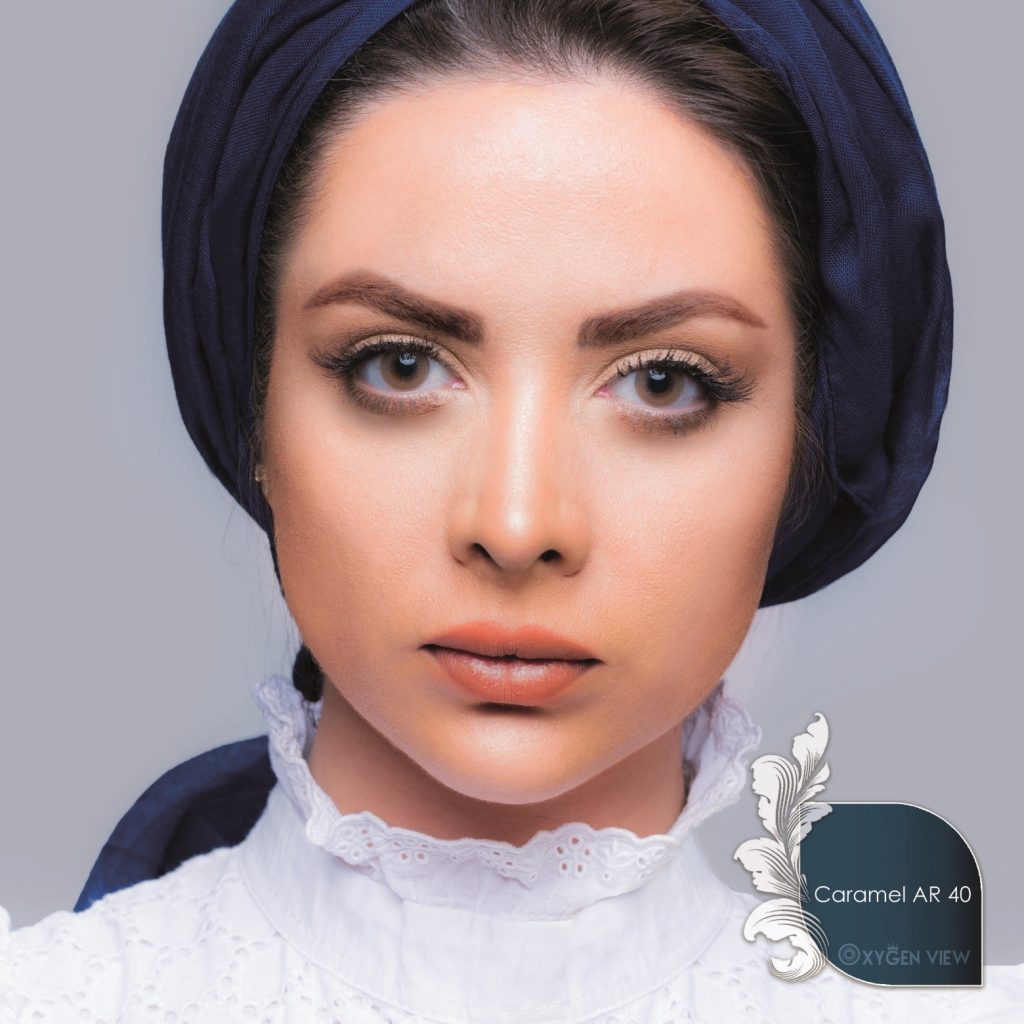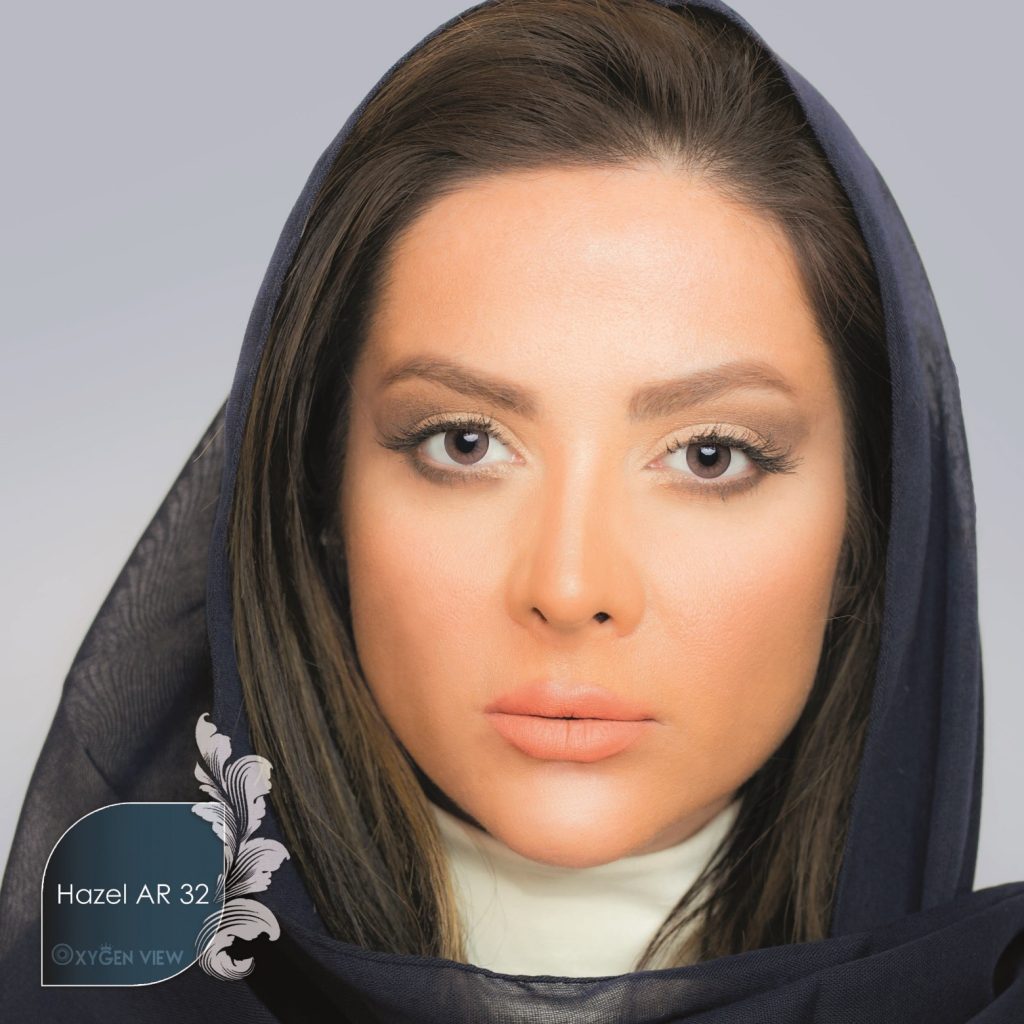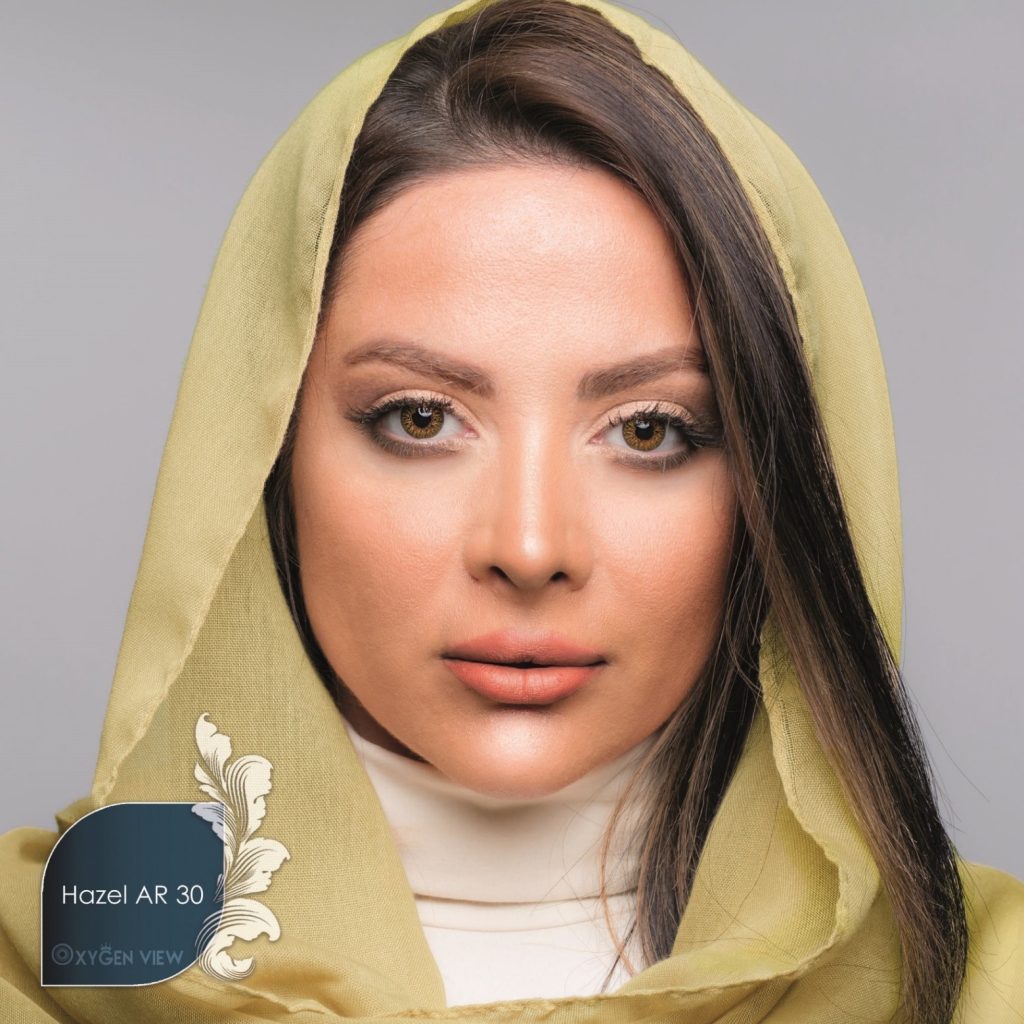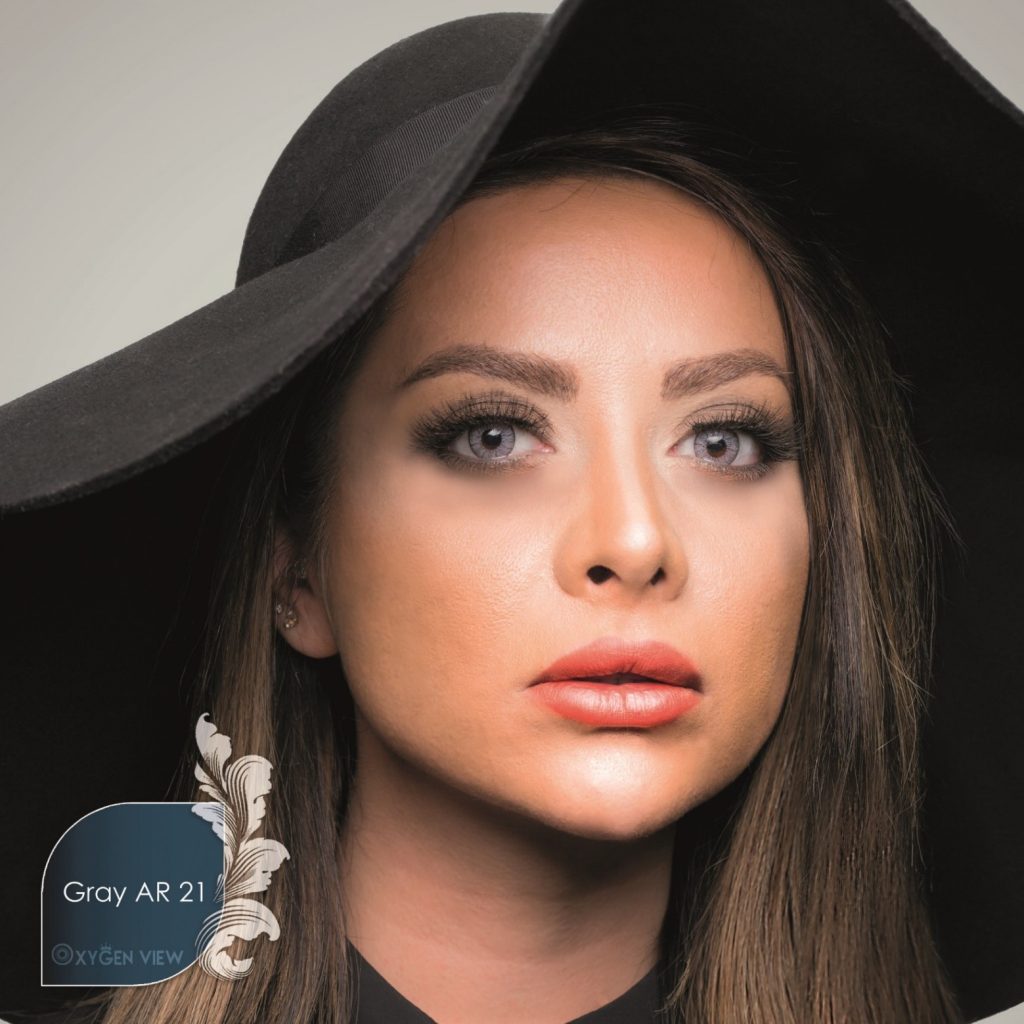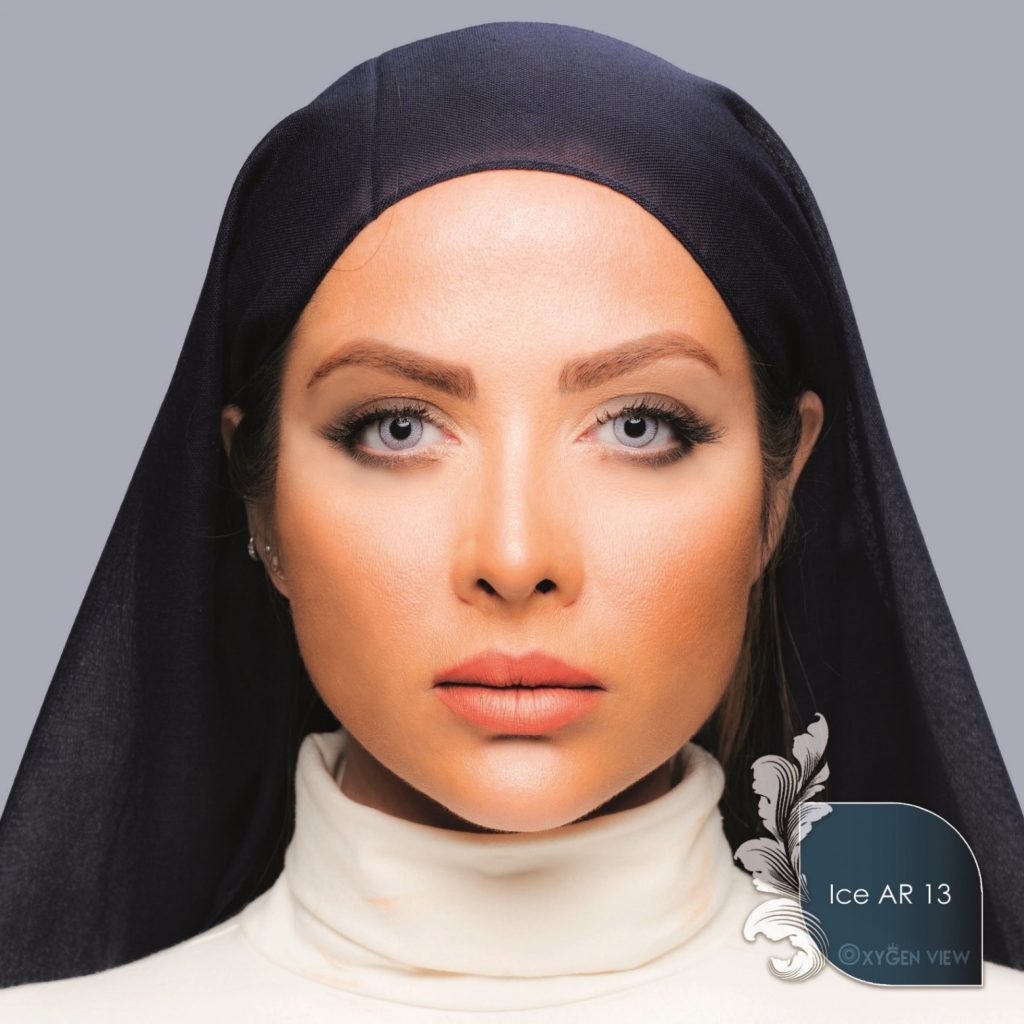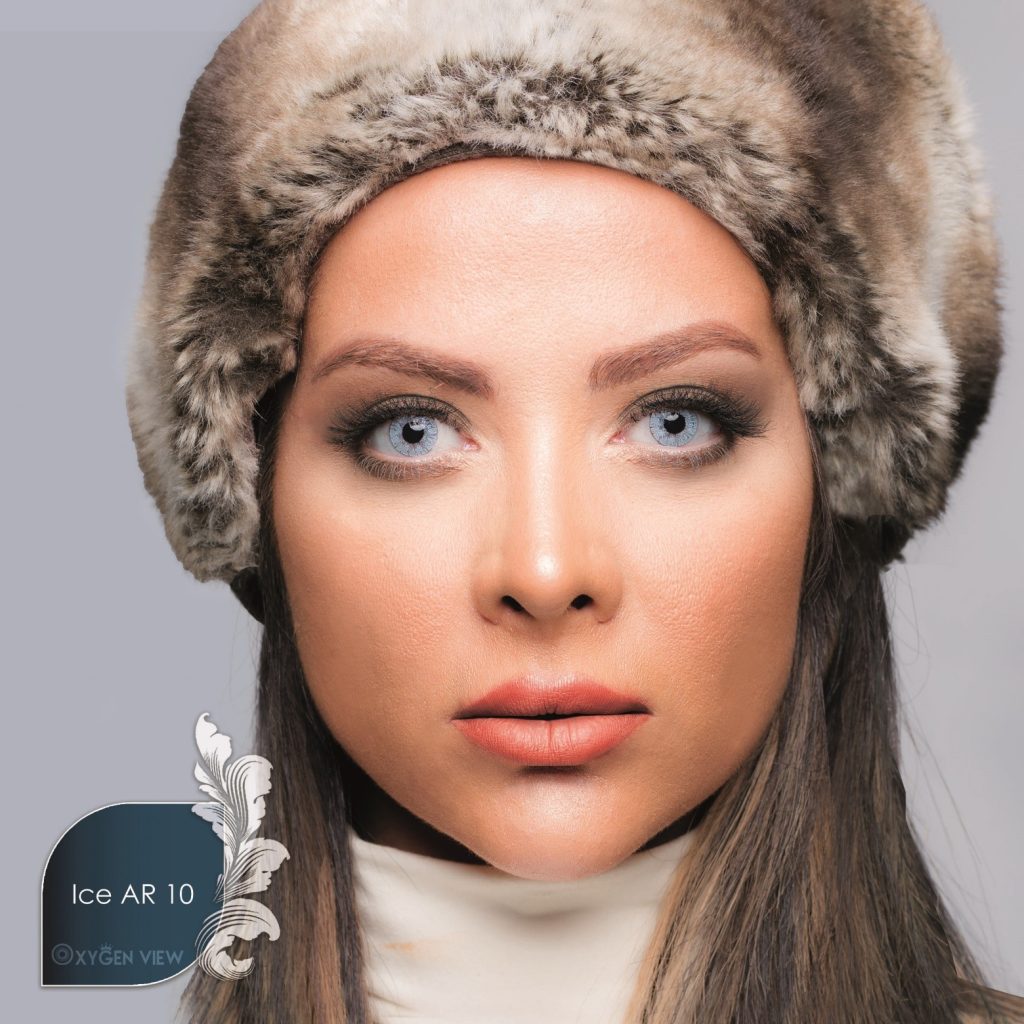[av_textblock size=” font_color=” color=” av-medium-font-size=” av-small-font-size=” av-mini-font-size=” admin_preview_bg=’rgb(255, 255, 255) none repeat scroll 0% 0%’]
Whether to fit a silicone hydrogel daily disposable lens or a
conventional hydrogel daily disposable is a common dilemma in
everyday practice. David Ruston, Kurt Moody and Terri
Henderson review recent studies that may help you decide, and
Simon Donne describes his own experiences in practice
he transition to silicone
hydrogels (SiH) from
hydrogel contact lenses
has been relatively fast
in recent years such that
more than half of all soft
lenses prescribed worldwide are now
SiH lenses.1 The past decade has also
seen a rapid and sustained use of
daily disposable (DD) contact lenses,
particularly in the UK where they now
account for nearly half of all new soft
lenses fitted and more than one in three
refits.2
With both SiH and DD lenses, an
important motivator for prescribing
and using these lenses is improved
ocular health. In the case of SiHs,
increased oxygen transmission has been
shown to reduce hyperaemia even in
daily wear.3-5 Daily wear with SiHs also
reduce symptoms of dryness compared
with conventional hydrogel contact
lenses.3,5 Daily disposable lenses, on the
other hand, reduce the risk of misuse
of lens care systems,6,7 exposure to
contaminated lens cases,8 and depositrelated
complications.9-11 Furthermore,
use of DD lenses has been shown
to decrease the ocular symptoms of
seasonal allergies.12
Aside from improved ocular health,
from the patient’s point of view the
main advantage of DDs is the simplicity
and convenience of a fresh, sterile
lens every day without the hassles of
lens care solutions or storage. Ease of
use, and the flexibility of when and
where to use these lenses, has no doubt
increased the popularity of this lens
modality.
In 2008, 1-Day Acuvue®
TruEye® (1DATE) was introduced as
the first contact lens combining the
advantages of the DD modality with
the benefits of an SiH material.
Narafilcon A is a material that allows
98 per cent of available oxygen to the
central cornea (oxygen flux) and 100
per cent of normal oxygen
consumption across the cornea in the
open eye.13 Three years on, SiH DDs are
one of the fastest growing sectors in the
UK. Industry data show an increase
from only 1 per cent of sales value of
the DD market in 2008 to 12.9 per
cent in the first quarter of 2011, when
1DATE’s value share of all spherical
DD lenses reached 10.7 per cent.14
The latest UK prescribing trends data
show that 17 per cent of DDs fitted in
2011 are manufactured from SiH
materials – a good indication that future
market share will continue to rise.2
In this article we review the
reasons for this success with
reference to the clinical performance
of 1DATE, how its performance
compares with that of
hydrogel DDs, and the latest research
comparing the lens with a new
benchmark – the naked eye.
Clinical performance
Technical features of the 1DATE
lens have been described in a series
of articles since the lens was first
introduced.15-17 In addition to oxygen
performance benefits, the key features
of the lens are relatively low modulus
(similar to Acuvue Oasys®) and mid
water content (46 per cent, similar to
Acuvue® Advance®). Hydraclear
technology (used in all Acuvue® SiH
materials), permanently embeds a
PVP wetting agent throughout the lens
matrix to provide a low coefficient of
friction, high lubricity and wettability.
Like all Acuvue® SiH lenses, 1DATE
also incorporates Class I UV protection
(>96 per cent UV-A and 100 per cent
UV-B). At launch the lens was available
in one base curve (8.5mm) and powers
from -0.50D to -6.00D. Parameters
were extended in 2009 to include a
second base curve (9.0mm) and a power
range from +6.00D to -12.00D.
Hydrogel wearers
Studies have looked at the clinical
performance of 1DATE against that
of hydrogel DDs. An early clinical
study carried out at five sites in the US
compared 1DATE with the hydrogel
1-Day Acuvue® lens in 81
current spherical, reusable soft lens
wearers (60 per cent were previous
SiH users).18 Subjects were randomly
assigned to wear one of the two lens
types daily for three months. At the
end of the study only 17 per cent of
the SiH wearers reported any
symptoms compared with 24 per
cent of the hydrogel DD wearers.
Dryness symptoms were reported
by fewer than half as many 1DATE
wearers as the hydrogel DD lens
wearers (11 per cent vs 23 per
cent), with lens awareness noted less
frequently in those wearing the SiH lens
(2 per cent vs 8 per cent). All subjects
were successfully fitted and none of
those wearing 1DATE discontinued the
study for lens-related reasons.
A more recent study compared
the clinical performance of 1DATE
with another hydrogel DD, Dailies
AquaComfort Plus (nelfilcon A, CIBA
Vision).19 This was a one-week, singlemasked,
bilateral, parallel group design
study conducted at 21 practices in the
UK. Subjects were existing, successful
daily-wear soft contact lens wearers
(hydrogel or SiH). Lens parameters
covered the available power range and
brands were masked to subjects by
over-labelling.
A total of 248 subjects were enrolled,
nearly half of whom (42 per cent)
were already DD wearers. Of the
1DATE group (n=127), 42 per cent
had been using SiH lenses, while 35
per cent of the hydrogel group (n=121)
used SiH lenses before the study. All
subjects were successfully fitted and
dispensed the lens to which they were
randomised. Of the subjects enrolled,
follow-up data were gathered from 243
subjects (98 per cent).
Subjects who used 1DATE rated
various comfort attributes throughout
the day significantly higher than those
wearing the hydrogel lens (including
overall comfort, comfort throughout
the day and end of day). The SiH
DD lenses also tended to give fewer
symptoms and longer comfortable
wearing time, as found in other studies
in which hydrogel wearing patients
were refitted with SiH lenses.20,21
Limbal and bulbar hyperaemia were
graded significantly lower for subjects
wearing the SiH DD (0-4 scale) than
those wearing hydrogel DD lenses
(Figure 1). These findings were to be
expected given the difference in oxygen
transmissibility between the lenses.
Although the precise mechanisms for
Whether to fit a silicone hydrogel daily disposable lens or a
conventional hydrogel daily disposable is a common dilemma in
everyday practice. David Ruston, Kurt Moody and Terri
Henderson review recent studies that may help you decide, and
Simon Donne describes his own experiences in practice








